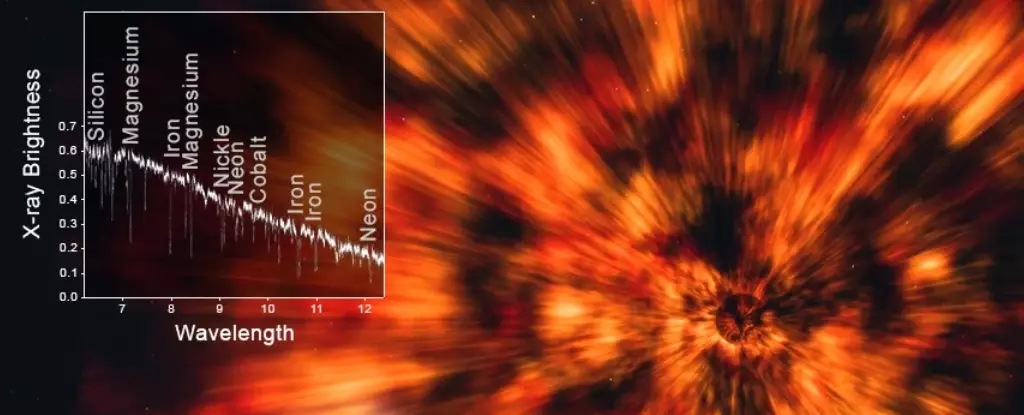Black holes have long fascinated both scientists and the public alike, but the understanding surrounding them is riddled with misconceptions. A prevalent myth suggests that black holes consume not just matter, but also its associated history, erasing all traces of the past. This notion, while enticing, misses a critical element of astrophysical nuance. In reality, the narrative surrounding a black hole does not vanish entirely at its event horizon. Instead, evidence remains accessible, primarily through the remnants and interactions of surrounding celestial bodies. It’s this perspective that permits researchers to piece together the cosmic stories embedded in black hole systems.
Discovery from the Depths: The Case of GRO J1655-40
The study of GRO J1655-40—a binary system consisting of a black hole and a companion star—serves as a perfect illustration of this phenomenon. Weighing in at about seven solar masses, the black hole was born from a far more massive progenitor star that met its end in a catastrophic supernova. This binary system, where one celestial object fundamentally alters the fate of another, highlights the intricate relationship between stars and their demise. The companion star, with a mass exceeding three solar masses, offers a fascinating glimpse into the evolutionary paths that these colossal objects traverse, especially in systems where life and death are intimately linked.
Decoding Stellar Histories Through Spectra Analysis
A pivotal aspect of understanding GRO J1655-40 lies in the spectral data captured by the Chandra X-ray Observatory in 2005. At that time, the binary system exhibited striking brightness in the X-ray spectrum, providing an excellent opportunity for study. By analyzing the captured spectra, researchers identified the presence and relative abundances of 18 distinct elements. This examination is akin to delving into a cosmic archaeological dig, wherein elements function as artifacts that narrate a star’s history. The composition of these elements must be meticulously pieced together to reconstruct the original star’s characteristics, enabling astronomers to glean insights into its life cycle.
The Legacy of Stellar Evolution
From the findings, it was concluded that the progenitor star had an astonishing mass of 25 solar masses. This substantial mass elucidates that a significant amount of material has been lost to interstellar space, either through the explosive events of a supernova or through the stellar winds that accompany the evolutionary trajectories of massive stars. Thus, the legacy of a black hole is not a mere dissolution into oblivion, but rather a complex interplay of stellar dynamics that shapes the cosmic landscape.
Implications for Future Research
The implications of such studies extend far beyond the case of GRO J1655-40. By employing similar methodologies across various binary systems, astronomers can refine their models of how massive stars evolve into black holes or neutron stars. This research not only enhances our comprehension of stellar life cycles but also generates a broader understanding of the universe’s lifecycle itself. The narrative threaded through black holes and their companion stars challenges the misconception of annihilation and instead offers a deeper appreciation of a cosmic history that continues to unfold.

